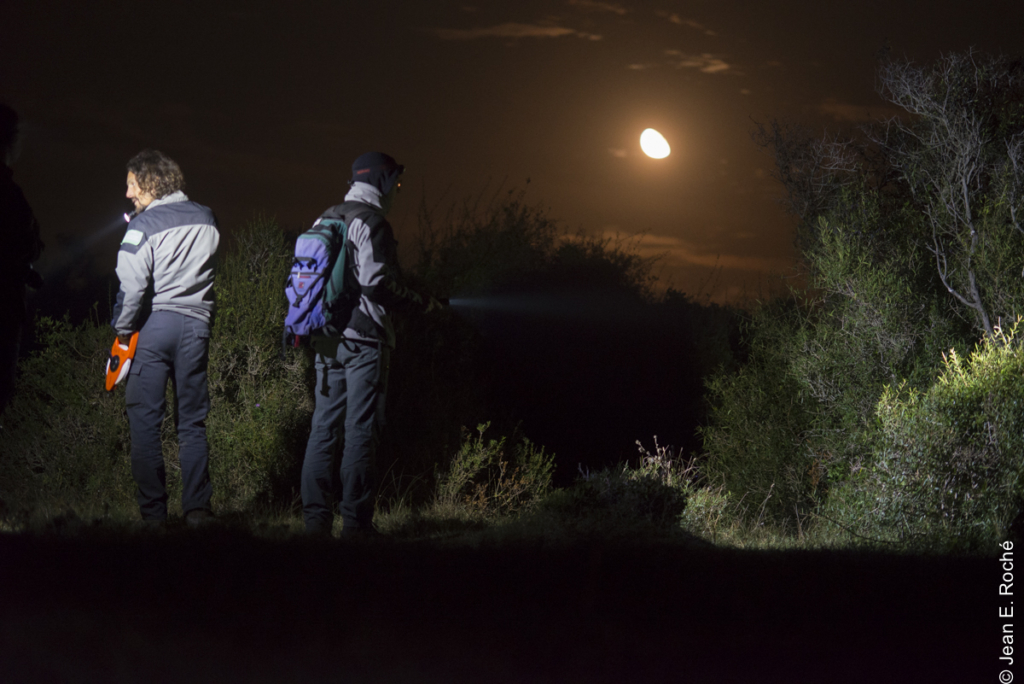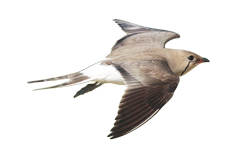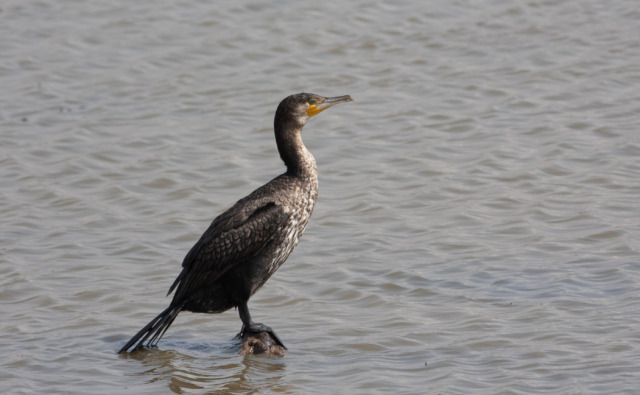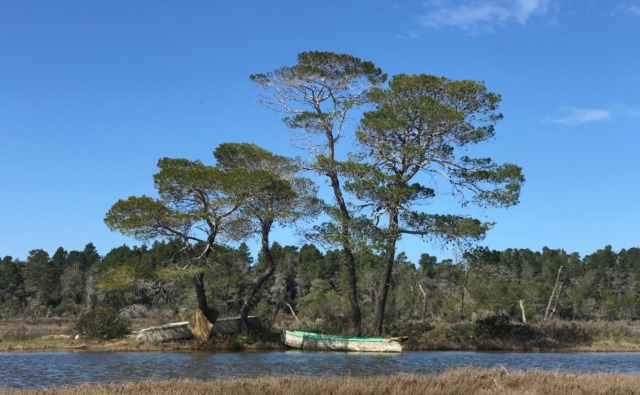Population dynamics of the Western Spadefoot Toad and the Natterjack Toad on the Tour du Valat Estate
Objectives

This project aims to identify the mechanisms that affect the population dynamics of two amphibian species present on the Tour du Valat Estate: the Western Spadefoot Toad (Pelobates cultripes) and the Natterjack Toad (Epidalea calamita). Our study is particularly interested in 1) estimating key demographic parameters such as the age, sex ratio, survival, and population size of these two rare species on the Estate, and 2) in their very distinct life history traits. Concerning the Western Spadefoot Toad, this is the only known population of this threatened amphibian in the Ile de Camargue area, which means the Tour du Valat has a great deal of responsibility to ensure its conservation.
Actions and methodology
This project is based on a study and a methodology initiated in 2006.
Every autumn, nocturnal censuses of the two amphibian species are conducted along a transect on the Cabane rouge fossil dunes located in the Nature Reserve.
Nocturnal censuses of Natterjack Toads on the Tour du Valat Estate. The two species are counted using Distance Sampling, which makes it possible to subsequently calculate population densities. Western Spadefoot Toads have also been monitored individually by means of photo-identification since 2015. This method, which makes individual monitoring possible with no marking, is going to enable us to estimate their rates of survival, recruitment, and philopatry (tendency of an animal to return, or not, to the area where it was born).
This monitoring falls within the scope of the actions defined in the management plan for the Tour du Valat Regional Nature Reserve. It will allow us to ensure the good conservation status of the Western Spadefoot Toad population.

Team
Project leader: Anthony Olivier
Staff involved: Antoine Arnaud, Jocelyn Champagnon, Arnaud Béchet
Date of project: Since 2006
Technical partners
- CNRS – Centre d’écologie fonctionnelle et évolutive (CEFE) Montpellier
- École Pratique des Hautes Études (EPHE) de Montpellier
- Hedmark University College (Norway)
Publications and achievements
Booklets and books
- Olivier A. & Cheylan M. 2013. Les amphibiens. In : Blondel J., Barruol G., & Vianet R. Encyclopédie de la Camargue. Buchet-Chastel. 81-82.
Articles
- Rivière V., Olivier A. & Durand E. 2019. Le Pélobate cultripède Pelobates cultripes (Cuvier, 1829) sur le pourtour du golfe de Fos (Bouches-du-Rhône) : Distribution actuelle, caractérisation des habitats et menaces. Nature de Provence, juin 2019 : 1-14.
- Fayard A., Olivier A., Tetrel C., Arnaud A., Rigaud P., Hilaire S., Poulet L., Blanchon T., Arnassant S., Cohez D., Willm L., Luna-Laurent E., Béchet A., Besnard A. & Thibault M. 2018. Caractérisation et évaluation de la vulnérabilité des sites de reproduction littoraux du Crapaud calamite (Epidalea calamita) en Camargue. Poster. 46ème congrès de la Société Herpétologique de France. Carnoules. 11-13 octobre 2018
- Renet J. & Olivier A. 2012 Le Triton crêté Triturus cristatus Laurenti, 1768 (Caudata, Salamandridae) en région Provence-Alpes Côte-d’Azur : enjeux et problèmes de conservation de l’unique population connue. Nature de Provence, 1 : 15-20.
- Cayuela H., Besnard A., Béchet A., Devictor V. & Olivier A. 2012. Reproductive dynamics of three amphibian species in mediterranean wetlands: the role of local precipitations and hydrological regimes. Freshwater biology, 57 (12): 2629-2640.
- Rodriguez-Perez H., Cayuela H., Hilaire S., Olivier A. & Mesléard F. 2014. Is the exotic red swamp crayfisch (Procambarus crayfish) a current threat for the Mediterranean tree frog (Hyla meridionalis) in the Camargue (southern France)? Hydrobiologia, 723: 145-156.



